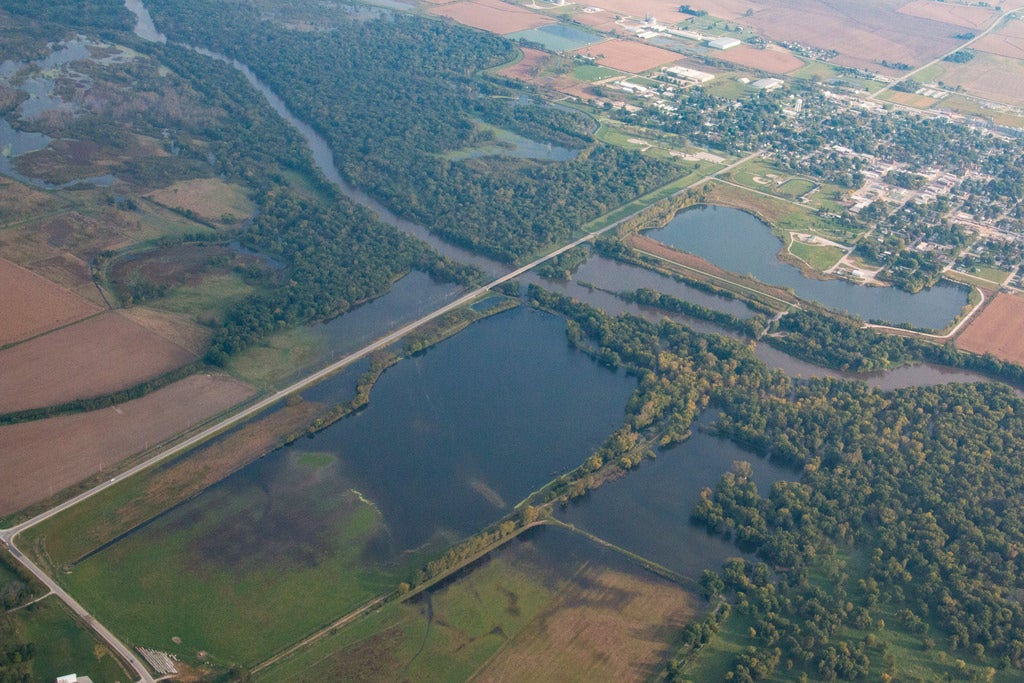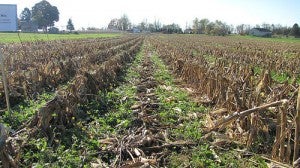I was recently cleaning out old files and came across notes from a presentation I made after the Great Midwest Flood of 1993. It was on the state of the nation’s floodplain management, a topic even more relevant today.
Many no longer recall the Great Midwest Flood despite its record-breaking precipitation, flooding and $13 billion price tag. Sure, 1993 seems like a long time ago, but I believe the reason the flood has left most people’s memory is because, over the last 25 years, the nation has experienced one devastating, record-breaking flood after another. Our memories are diluted by the frequency of such events.
Sadly, many of the lessons I shared in my presentation back then remain true today.
It’s time we stop talking and get serious about improving our nation’s floodplain management by putting these lessons into action.

Photo credit: Association of State Floodplain Managers via FloodStorageEricJohnson (license)











